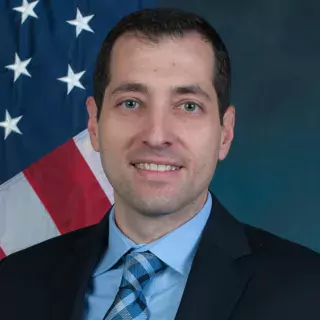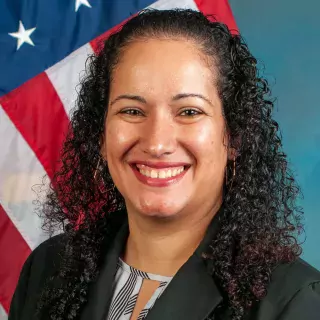Image
Information Management
Image
Recent Reports
Open Recommendations
Artificial Intelligence: DOD Needs Department-Wide Guidance to Inform Acquisitions
GAO-23-105850
Jun 29, 2023
Show
3 Open Recommendations
Information Management: Agencies Need to Streamline Electronic Services
GAO-23-105562
Dec 20, 2022
Show
11 Open Recommendations
COVID-19: Pandemic Lessons Highlight Need for Public Health Situational Awareness Network
GAO-22-104600
Jun 23, 2022
Show
12 Open Recommendations
1 Priority
GAO Contacts
Jared B. Smith
Chief Statistician and Director of the Center for Statistics and Data Analysis
Applied Research and Methods






